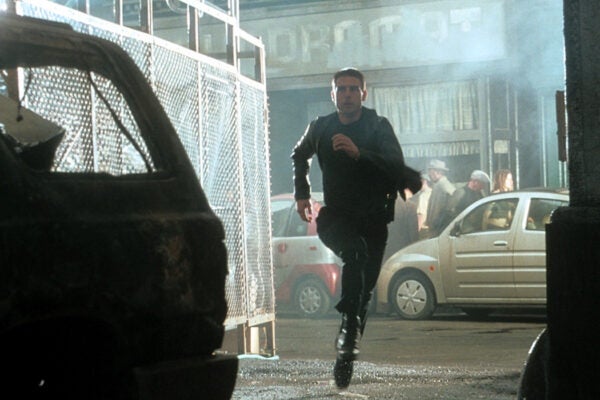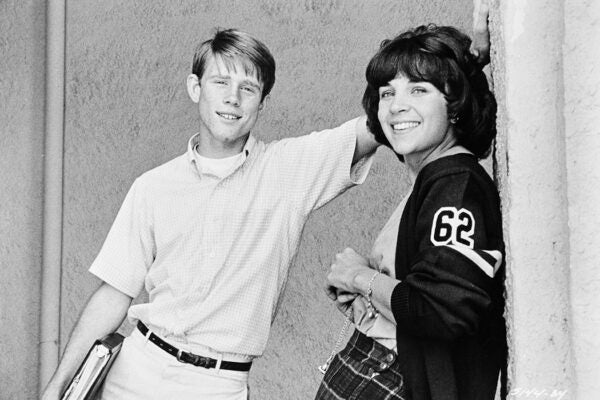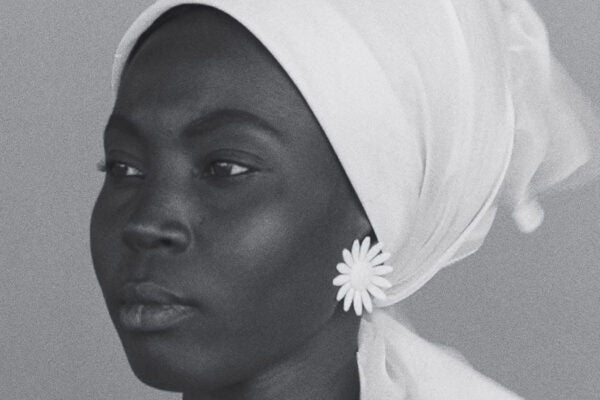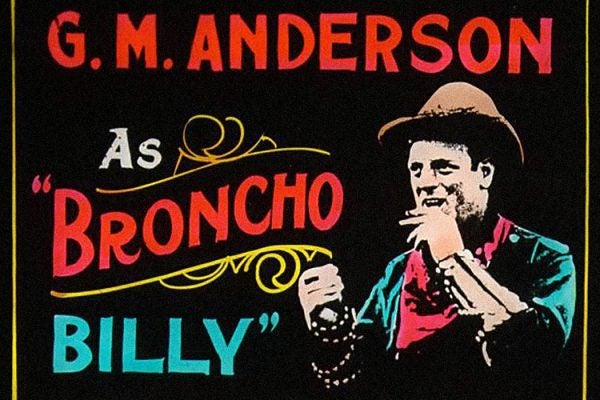Why #StarringJohnCho Is Not Enough for Asian American Cinema
Filling more movie roles with Asian American actors may be the wrong goal if such visibility promotes stereotypes or buys into Hollywood's fantasies of power.
The History of Precrime
UCLA’s Violence Center was squelched by political revolt, not so much for its ambition to stockpile behavioral data as Americans' fear of psychosurgery.
The Changing Face of Chinese Filipinos
In addition to economic changes in the region, recent box office hits also reflect the impact of the mass naturalization of Chinese Filipino citizens in the 1970s.
Feminist Film Theory: An Introductory Reading List
Evolving from the analysis of representations of women in film, feminist film theory asks questions about identity, sexuality, and the politics of spectatorship.
How the Indian Middle Class Came to Define Bollywood
The Hindi film industry has undergone tremendous change since the late 1940s, reflecting India's shift from a socialistic republic to a privatized democracy.
The Sonic Triumph of American Graffiti
In 1973, George Lucas joined forces with sound designer Walter Murch to celebrate a bygone era. They ended up revolutionizing the role music plays in film.
Ousmane Sembène: Feminism in African Francophone Cinema
Known as “the grandfather of African cinema,” Sembène created powerful female characters who challenged Western notions of gender and sexuality.
How Muppets Add Meaning to a Mass Media Christmas
The Muppet Christmas Carol works hard to get people to engage with Charles Dickens, but its real success is becoming part of the holiday itself.
How Films Can Teach History
By viewing movies like The Manchurian Candidate, students can see one version of history that they can then use to dig deeper, explore more.
Whatever Happened To The Male Movie Fan?
In the early days of the film industry, the fanzone was full of men and boys. Then the studios chased them all away.









